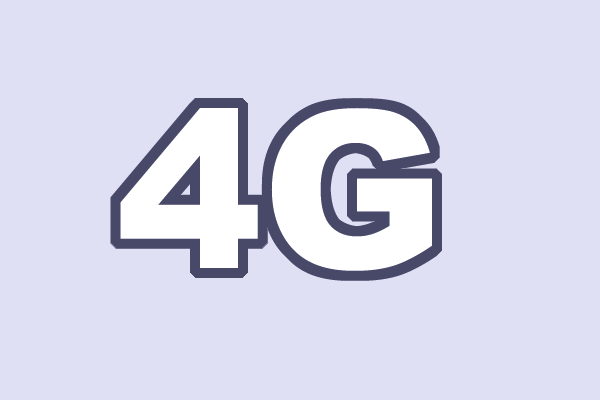What is 4G? A complete LTE mobile internet guide

Have you heard this “4G” term flying about the place, but don’t really know what it is, or why it’s better than the current 3G? Here’s a guide to this new type of connectivity.
What is 4G?
4G is the “next generation” of mobile internet, set to one day take over from the 3G we’ve been using for years now. It’s faster and more efficient, if a good deal more expensive at present. You may have also seen the term LTE used alongisde 4G. It stands for “long-term evolution” and is one form of 4G-speed connectivity.
To get 4G, you need to have a 4G-capable phone, tablet or dongle and sign up for a 4G mobile internet contract. There are just a few 4G phones available at present, and you’ll need to make sure the specific model you buy has the necessary 4G chip.
Phones that have 4G versions include the Samsung Galaxy S3, iPhone 5, Nokia Lumia 920, Nokia Lumia 820, HTC One XL, HTC One SV LTE and Huawei Ascend P1 LTE.
Tablets that use the standard include the “Cellular” versions of the iPad 4 and iPad mini, and the LTE version of the Samsung Galaxy Note 10.1.
4G – Where to get it?
At present, there’s only one 4G mobile internet provider in the UK, EE. It offers contract deals for phones, tablets and for mobile broadband, using a dongle or mobile Wi-Fi hotspot.
The very cheapest way to try out 4G from EE is to get a SIM-only contract – you supply the phone/tablet and they provide the SIM that gives you 4G access. £21 a month is the least you’ll pay for one of these deals, and that’s for just 500MB of data a month. Plus you’re tied to a contract of 12 months.
4G Benefits
The core benefit of 4G is that it is much faster than 3G. It maxes-out at 300Mbps download and 75Mbps upload. The 3G connection of a top phone like an iPhone 4S tops out at 14.4Mbps.
What sorts of speeds can you actually expect to see? With a 3G connection you’ll get single-figures results in Mbps. A 2-4Mbps connection offers reasonably snappy browsing, but pictures and other rich content with be noticeably slower to show up. With 4G, EE’s service provides 30-40Mbps in good signal areas.
This is faster than most people’s home broadband. Video images – everything – will load almost instantly.
We’re not quite sure how EE’s network will cope once take-up of 4G increases and it becomes clogged like 3G is at present, but 4G is much better at coping with demand thanks to its more robust infrastructure.
4G Problems
That 4G is only available from EE at present helps to keep service prices high – there’s just not the competition at present costs down. And naturally EE wants to recoup all the money it poured into becoming the first 4G UK network as soon as possible.
To make this worse, all of EE’s plans are subject to pretty serious data usage limits. At real-life speeds, you could use up 500MB of data in minutes. Even at the top 8GB limit, the mobile broadband option is pretty much useless for hardcore downloaders.
4G and the Tech Behind it
The reason why EE is the only current supplier is that the rest of the networks have to bid for the right to create their own 4G offerings. Connections like 4G and 3G have to broadcast over a certain frequency range, and there’s a limit to the “pipe” bandwidth at each range.
EE broadcasts at 1800MHz. The bandwidth other frequencies set for 4G transmittion, 800MHz and 2.6GHz, have to be auctioned off, a process that started just before this article was written, on 23 January 2013. The bidders are EE, HKT, Hutchinson, MLL Telecom, Niche Spectrum Ventures, Telefonica UK and Vodafone. You may not recognise all those names, but they represent Three, BT and O2, as well as of course Vodafone.
We won’t know the results of the auction until it’s over. As it’s likely to take some time for the “winner” networks to get their offerings off the ground, there will be a wait at any rate.
Are you a 4G user? Let us know your experience of it in the comments.


